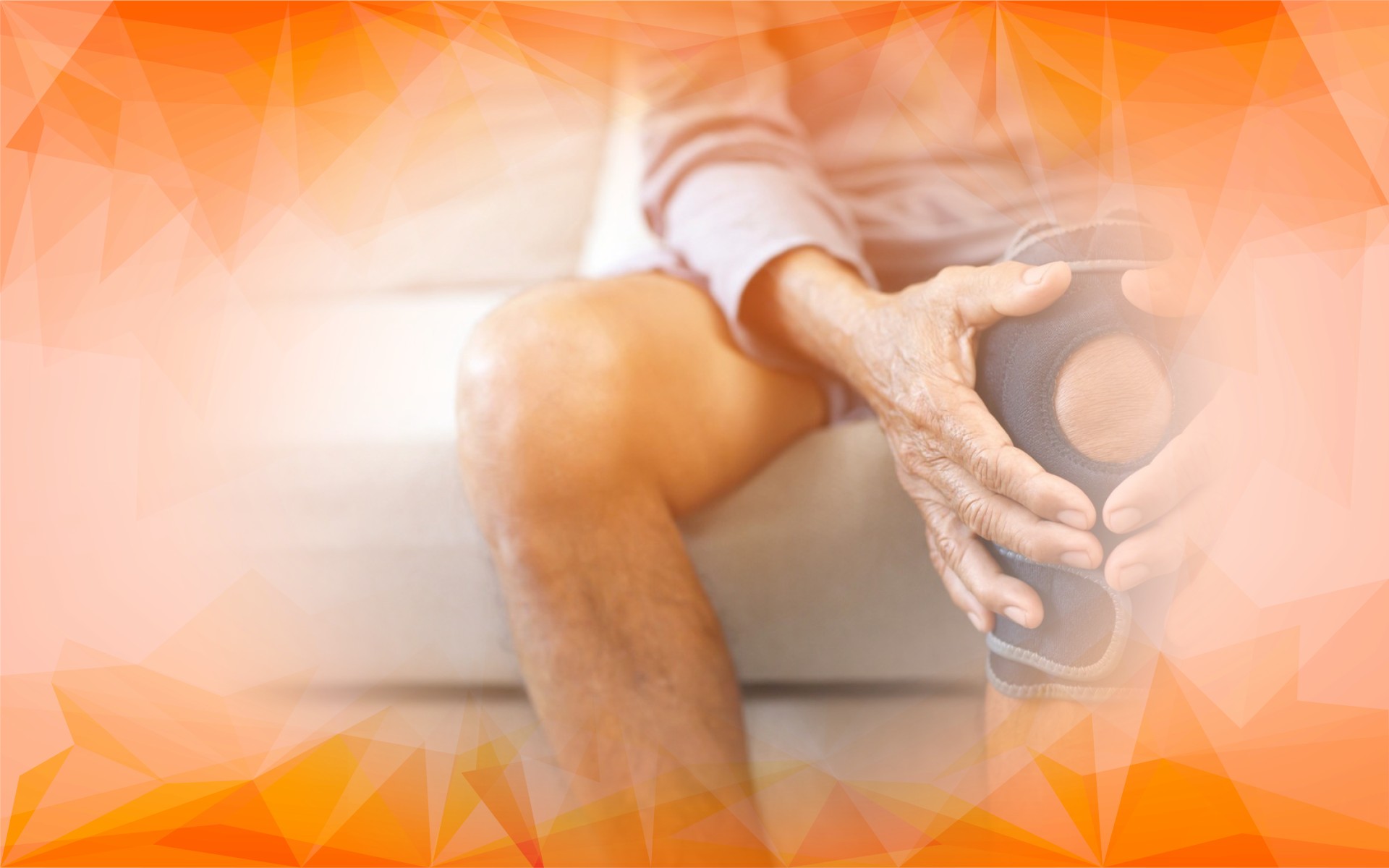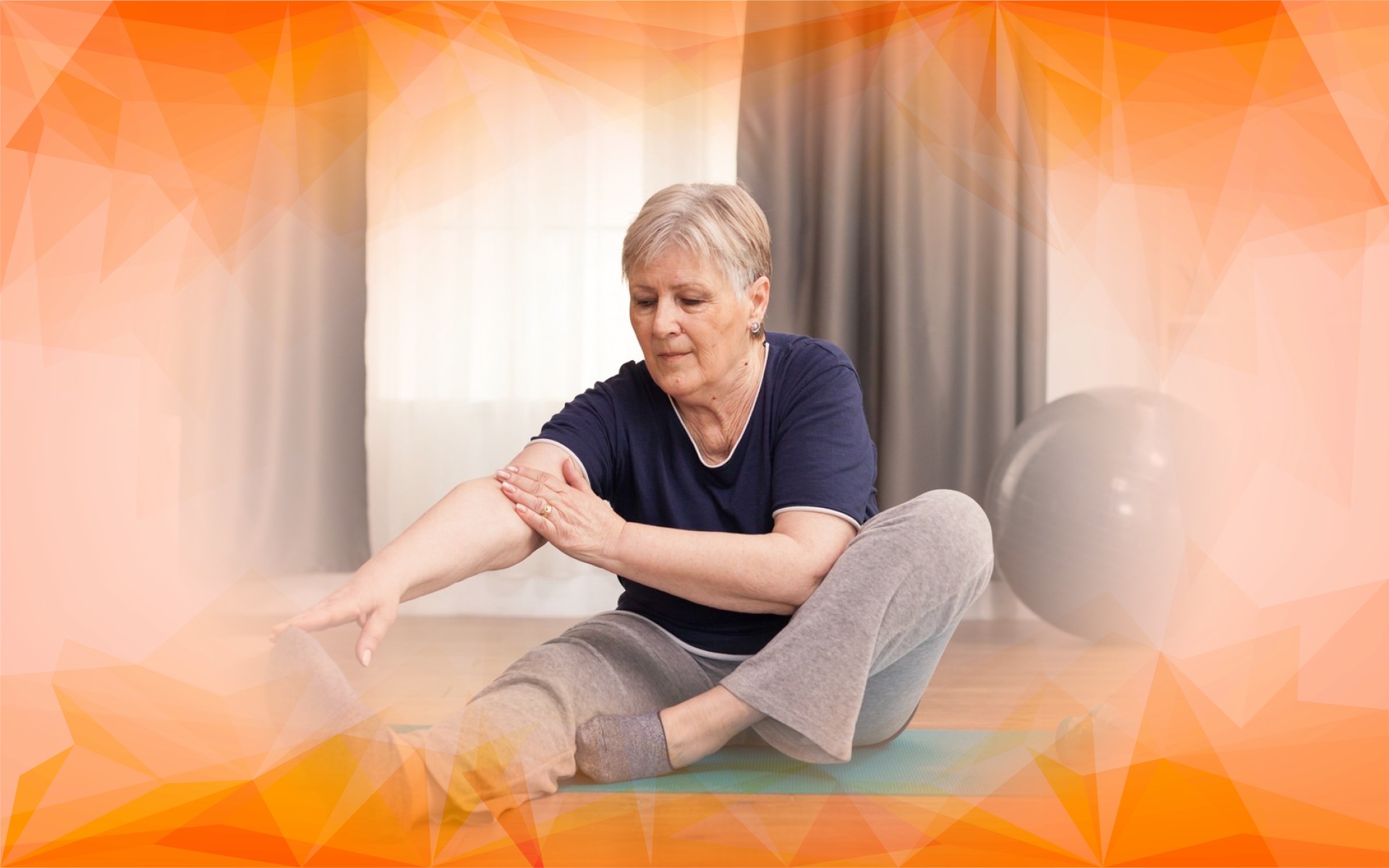Introduction
Knee osteoarthritis is a widespread condition in which the protective cartilage in the knee gradually breaks down, leading to pain, stiffness, and difficulty with movement. Everyday activities like walking, climbing stairs, or even just standing can become challenging and uncomfortable. With more people experiencing these symptoms, there’s a growing push for better solutions to help manage the condition. One of the most promising innovations is the development of advanced knee braces . These modern braces are designed specifically for arthritis sufferers, offering improved comfort, pain relief, and support. In this article, we’ll explore how these new-generation knee brace s are transforming knee osteoarthritis care and helping people stay active and independent.
Why Innovation in Knee Osteoarthritis Care Matters
As the population ages and osteoarthritis rates climb, the need for effective and practical solutions becomes more urgent. Traditional approaches—like medications, physical therapy , and basic knee supports —can help, but they don’t always address the unique challenges each person faces. Recent advances in technology and materials are leading to smarter, more adaptable braces. These new designs are not only lighter and more comfortable but are also tailored to respond to the movements and needs of each individual.
This shift represents a move towards personalized care, grounded in scientific research and patient feedback. Recent studies have even begun to investigate combining traditional support with emerging therapies like magnetic fields and cold treatments to further enhance pain relief and reduce inflammation.
Modern Technology and Smart Design
Today’s knee braces look and feel very different from their older, bulkier predecessors. Using advanced materials such as carbon fiber composites, modern braces are lightweight yet sturdy, making them comfortable enough for all-day wear. Breathable fabrics help avoid skin irritation , while customizable straps and supports allow users to adjust the fit and level of compression to match their comfort and activity levels.
One of the standout features of these braces is their sophisticated hinge systems, which are designed to mirror the knee’s natural movement. By closely following the way your knee bends and flexes, these braces reduce strain, provide meaningful support, and help prevent further joint damage.
Some of the latest designs even include built-in sensors that track knee alignment and movement throughout the day. This real-time data can be shared with healthcare professionals, who can use it to further personalize care plans and make precise adjustments. The result is a knee brace that feels less like a cumbersome appliance and more like a second skin, empowering users to move with greater confidence and less pain.
Recent research also shows that combining innovative therapies—such as magnetic induction and cryotherapy —can have a marked effect on pain management and healing, offering new hope for people with stubborn knee pain and inflammation.
How Advanced Knee Braces Help You Move Better and Hurt Less
The main goal of advanced knee braces is simple: reduce pain and improve your ability to move. These braces are engineered to shift pressure away from the damaged areas of the knee —a process called offloading—which can make a big difference in day-to-day comfort. Clinical research has shown that this approach can significantly decrease pain and help people walk, climb stairs, and stay active with greater ease.
Many users notice improved stability almost right away, which helps prevent the unsettling feeling of the knee giving way —a common worry for people with osteoarthritis . For those using braces with smart feedback, the built-in sensors can alert you (and your care team) if your walking pattern needs adjustment, helping prevent further joint wear and tear over time.
This combination of mechanical support and movement guidance not only supports physical function but also boosts confidence and independence. People feel safer, are more likely to remain active, and report a better overall quality of life.
Simulation studies support these real-world experiences, finding that the newest brace designs—which sometimes combine magnets and cold therapy —can help control pain, inflammation, and even speed up recovery after injuries.
Looking Forward: Improving Outcomes and Future Directions
Both patient experiences and scientific studies show that advanced knee braces can lead to meaningful improvements in pain relief and mobility, and may even delay or reduce the need for major surgery like knee replacement. Cost-effectiveness studies have found that investing in an advanced knee brace can provide lasting value—offering pain relief, better day-to-day function, and helping users postpone surgery.
Looking ahead, the future of knee braces is especially exciting. Smart technology is expected to play a bigger role, with innovations such as braces that adjust their support in real-time, sync with smartphone apps, and provide ongoing feedback and guidance for exercise and rehabilitation.
Continued collaboration between engineers, clinicians, and patients will be essential to keep pushing these developments forward, ensuring that future solutions are as effective, comfortable, and user-friendly as possible.
Conclusion
Advancements in knee brace technology are changing the game for people with knee osteoarthritis . By combining cutting-edge design, advanced materials, and smart features, today’s knee braces offer real relief and support, empowering users to stay active and live better. These innovations highlight the importance of research and creativity in developing personalized solutions that truly meet the needs of people living with arthritis . As technology continues to evolve, the outlook for people with knee osteoarthritis keeps getting brighter—bringing hope for even more effective and accessible treatments on the horizon.
References
- Lee, P. Y. F., Winfield, T. G., Harris, S., Storey, E., & Chandratreya, A. (2017). Unloading knee brace is a cost-effective method to bridge and delay surgery in unicompartmental knee arthritis. BMJ Open Sport & Exercise Medicine, 2(1), e000195. https://doi.org/10.1136/bmjsem-2016-000195
- Lewin, P. (1954). Simple knee cage brace. Journal of the American Medical Association, 156(4), 314.
- Mesa Torres, L., & Ramirez Salinas, Y. (2024). Magnetic knee brace for treatment of knee synovitis: design and simulation. MOJ Sports Medicine, 7(1), 22-24. https://doi.org/10.15406/mojsm.2024.07.00157
Frequently Asked Questions
AMSK Clinic offers advanced knee braces designed to offload pressure from damaged areas of the knee, reducing pain and discomfort. The braces provide tailored support with lightweight, breathable materials, resulting in improved mobility and stability. This approach enhances daily activities such as walking and climbing stairs, aiding patients’ confidence and independence.
Knee braces at AMSK Clinic are made with cutting-edge materials like carbon fibre composites, making them light, sturdy and breathable. Customisable straps ensure a comfortable fit. Modern braces may include smart hinges that move naturally with the knee, and even integrated sensors for real-time monitoring and personalised care.
AMSK Clinic’s advanced knee braces aim to reduce joint strain by mirroring natural movement and providing strong support. They help offload pressure and can guide better movement patterns through smart feedback. Collectively, these features support joint health, which may contribute to reduced progression of osteoarthritis symptoms.
AMSK Clinic embraces the latest technologies, such as braces with smart sensors that track knee alignment and monitor activity. This data informs tailored treatment plans. Some models combine innovative therapies, including magnetic induction and cryotherapy, offering comprehensive pain management and helping optimise rehabilitation outcomes for each individual.
AMSK Clinic combines years of expertise in osteoarthritis care with access to advanced brace designs and the latest treatments. The clinic focuses on personalised solutions based on research and patient feedback, ensuring each patient benefits from innovation-driven, effective support. AMSK Clinic’s approach promotes better mobility and long-term joint health.




